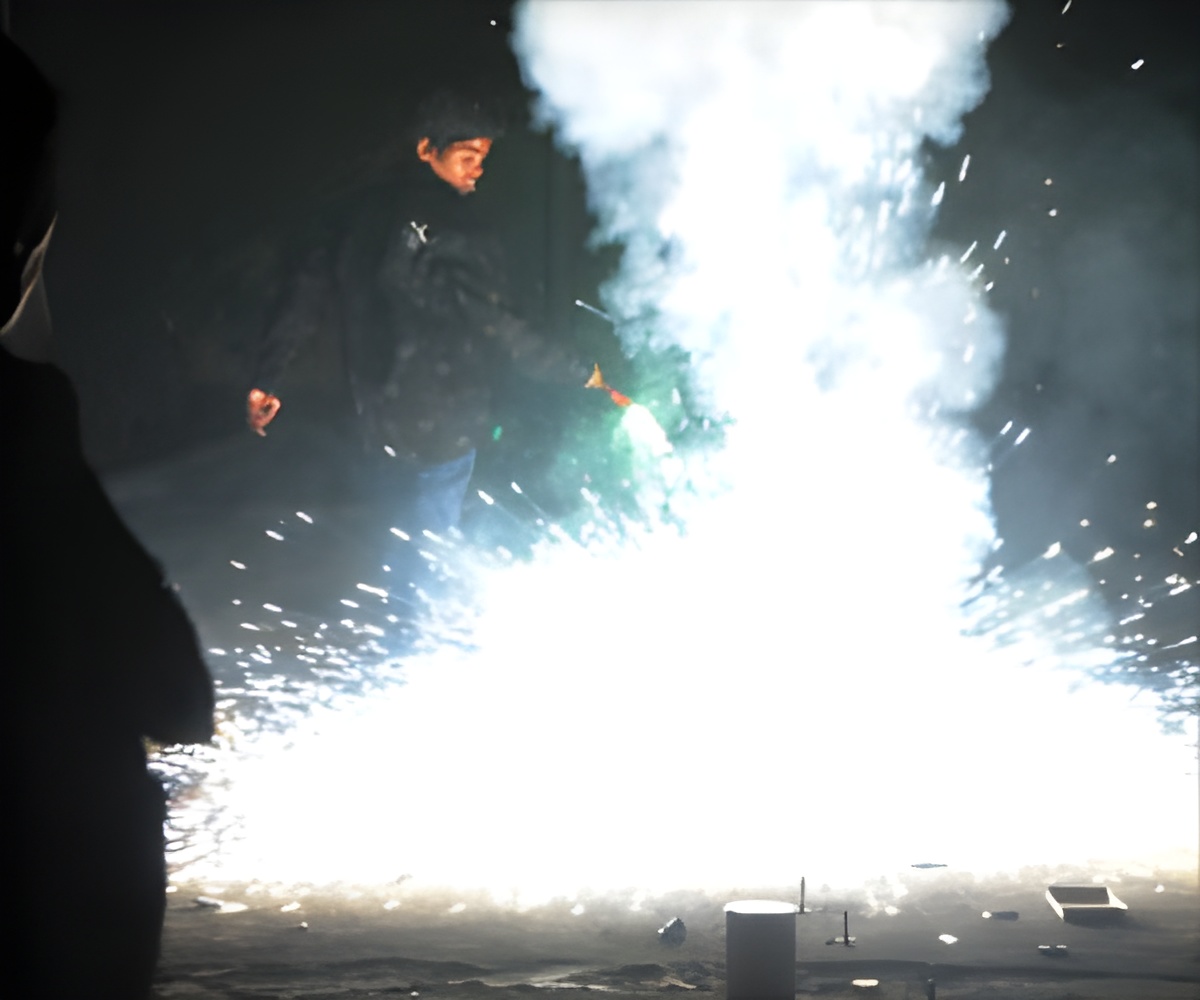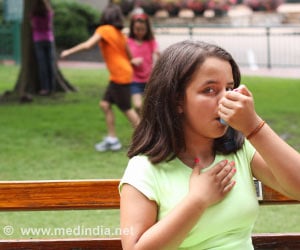
‘According to health experts, an Air Quality Index (AQI) of such an extent may cause respiratory impact even on healthy people, and serious health impacts on people with lung or heart disease. The health impact may be experienced even during light physical activity.’
Tweet it Now
AQI of Anand Vihar in the evening was recorded at 412 and by the night increased to 439, in Alipur, it went from 426 to 444, Dwarka (410 to 427), Bawana (432 to 449), Chandini Chowk (401 to 435), Jahangirpuri (463-469), Patparganj (404-432), and Wazirpur (441-450). Delhi's air quality worsened despite a complete ban on firecrackers. National Capital Region (NCR) too fell in the same category. However, no such ban was imposed in the latter region.
Even before bursting of crackers, the air quality of Delhi-NCR region had started worsening further as AQI of eight cities had crossed the 400-mark and settled at "severe" category in the afternoon.
The meteorological agencies have predicted an AQI of 500 plus for Thursday and Friday after Delhiites burst crackers on Diwali day.
With stubble burning share in Delhi's air pollution set to increase over the next three days, SAFAR has projected an AQI of 500 plus on November 5 even if Delhiites burst 50 per cent less crackers compared to last year.
Advertisement
Source-IANS














